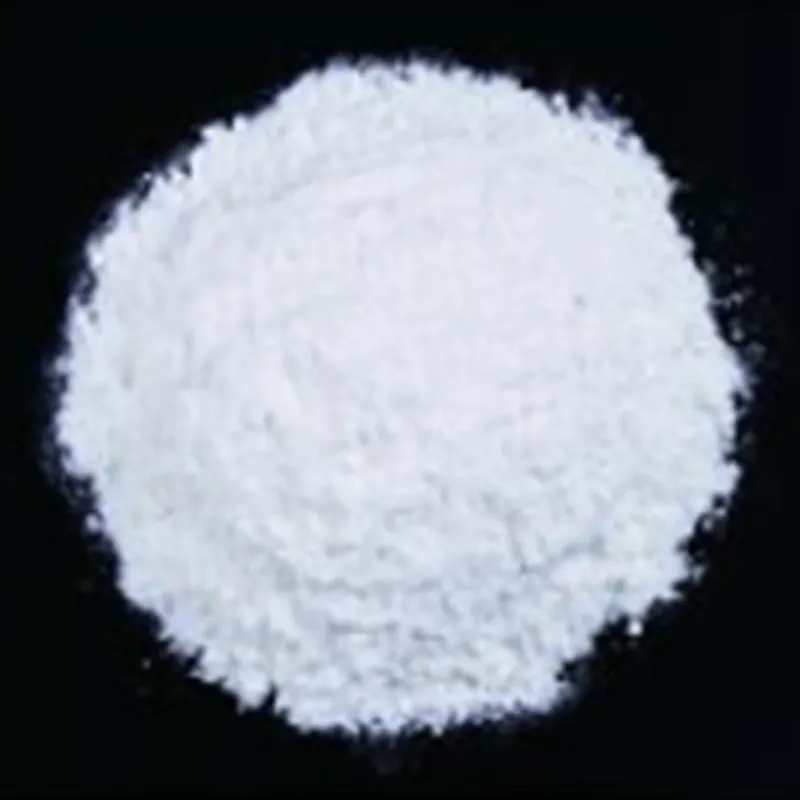
sodium metabisulfite in food preservation
Sodium Metabisulfite in Food Preservation
Sodium metabisulfite, a white crystalline powder, is a sulfite compound widely utilized in the food industry for its preservative properties. It is primarily known for its ability to inhibit microbial growth, prevent spoilage, and enhance the shelf life of various food products. Understanding its applications, benefits, and safety concerns is essential for both consumers and food manufacturers.
One of the most significant applications of sodium metabisulfite is as a preservative in dried fruits and vegetables. When these products are exposed to air, they are prone to oxidation, which can lead to browning and a decline in quality. Sodium metabisulfite acts as an antioxidant by releasing sulfur dioxide when dissolved in water. This gas not only prevents oxidation but also serves as a robust antimicrobial agent that inhibits the growth of spoilage organisms and pathogens.
Apart from dried fruits and vegetables, sodium metabisulfite is also commonly used in the preservation of wines and beers
. During fermentation, it helps to control unwanted microbial activity and oxidation processes that can compromise the flavor and quality of the beverage. Winemakers often add sodium metabisulfite to their products to ensure a cleaner fermentation process and to stabilize the wine before bottling.In addition to its preservative qualities, sodium metabisulfite also plays a crucial role in food processing. It is used in the production of certain canned foods and sauces, where its properties help maintain flavor, color, and texture. Furthermore, sodium metabisulfite can be involved in the bleaching of food products, such as flour, ensuring a more uniform appearance and enhancing the final product's appeal.
sodium metabisulfite in food preservation

Despite its widely recognized benefits, sodium metabisulfite has also raised safety concerns among consumers. Some individuals may experience adverse reactions to sulfites, particularly those with asthma or sulfite sensitivity. Symptoms of sulfite sensitivity can include headaches, hives, and in severe cases, difficulty breathing. Consequently, the U.S. Food and Drug Administration (FDA) mandates that foods containing more than 10 parts per million (PPM) of sulfites be labeled accordingly, thus allowing consumers to make informed choices.
Furthermore, there are specific guidelines governing the permissible levels of sodium metabisulfite in various food products. Regulatory agencies, including the FDA and the European Food Safety Authority (EFSA), have established acceptable daily intake levels to ensure consumer safety. These regulations emphasize the importance of using sodium metabisulfite within recommended limits to avoid potential health risks while benefiting from its effective preservation properties.
However, it is also essential to recognize that sodium metabisulfite is not the only preservation method available. Other alternatives, such as natural preservatives like vinegar, lemon juice, and certain essential oils, are gaining popularity in the health-conscious market. These alternatives offer consumers options that align with their preferences for less synthetic additives, and they cater to those seeking a more natural approach to food preservation.
In conclusion, sodium metabisulfite is a significant preservative used in the food industry, especially for dried fruits, wines, and processed foods. Its efficacy in inhibiting spoilage and prolonging shelf life is well-established. As with any additive, awareness of its potential health implications is crucial for consumers. By adhering to established safety guidelines and exploring natural alternatives, both consumers and food manufacturers can make informed decisions regarding food preservation practices. The balance between safety, quality, and consumer preferences will continue to shape the future of food preservation methods in the ever-evolving food industry.
-
Pure Sodium Dichloroisocyanurate Dihydrate | Powerful DisinfectantNewsAug.29,2025
-
Industrial Chemicals: Quality & Purity for Every IndustryNewsAug.28,2025
-
Nitrile Rubber Honoring Strict Production StandardsNewsAug.22,2025
-
Aspartame Ingredients Honoring Food Safety ValuesNewsAug.22,2025
-
Fertilizer for Balanced Plant NutritionNewsAug.22,2025
-
Cyanide Gold Processing with High Purity AdditivesNewsAug.22,2025
-
Formic Acid in Textile Dyeing ApplicationsNewsAug.22,2025
Hebei Tenger Chemical Technology Co., Ltd. focuses on the chemical industry and is committed to the export service of chemical raw materials.
-

view more DiethanolisopropanolamineIn the ever-growing field of chemical solutions, diethanolisopropanolamine (DEIPA) stands out as a versatile and important compound. Due to its unique chemical structure and properties, DEIPA is of interest to various industries including construction, personal care, and agriculture. -

view more TriisopropanolamineTriisopropanolamine (TIPA) alkanol amine substance, is a kind of alcohol amine compound with amino and alcohol hydroxyl, and because of its molecules contains both amino and hydroxyl. -

view more Tetramethyl Thiuram DisulfideTetramethyl thiuram disulfide, also known as TMTD, is a white to light-yellow powder with a distinct sulfur-like odor. It is soluble in organic solvents such as benzene, acetone, and ethyl acetate, making it highly versatile for use in different formulations. TMTD is known for its excellent vulcanization acceleration properties, which makes it a key ingredient in the production of rubber products. Additionally, it acts as an effective fungicide and bactericide, making it valuable in agricultural applications. Its high purity and stability ensure consistent performance, making it a preferred choice for manufacturers across various industries.





